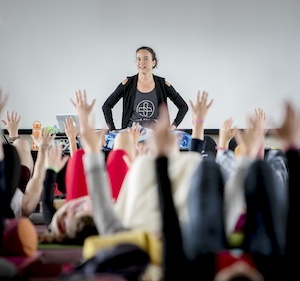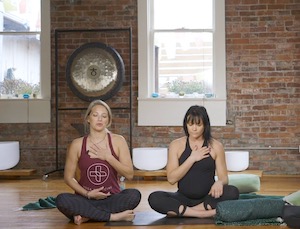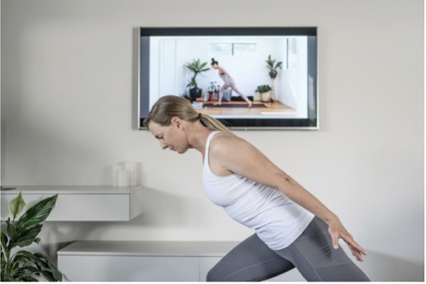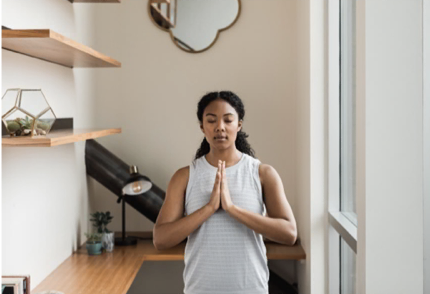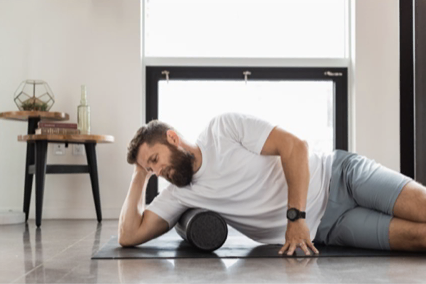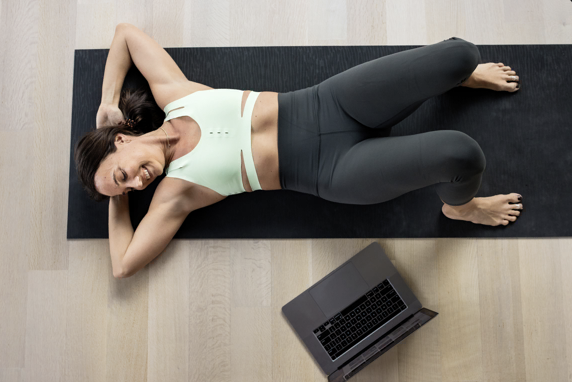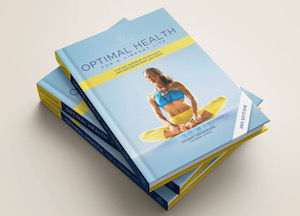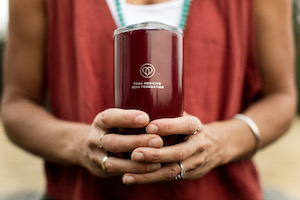Articles, In the Press, Internal Medicine, Mental Health, Resources, Tiffany Cruikshank, Yoga Medicine® News
Five Exercises to Keep Your Mind Off Election Day
By Hilary Potkewitz for The Wall Street Journal.
From child’s pose to an upper back release, here are five exercises to help you relax.
Americans are feeling more anxious about this election—more than two-thirds of people across the political aisle say the election is a significant source of stress, according to the American Psychological Association.
All that sitting and staring into laptops or smartphones isn’t helping our stressed-out state, says Tiffany Cruikshank, founder of Yoga Medicine and Yoga Medicine Online. She spent seven years at Nike headquarters helping executives and professional athletes manage stress through acupuncture and yoga. “It’s much harder to take a full breath when you’re bent over a desk or a screen,” she says.
Slouching compresses the diaphragm, leading to shallower breaths, she says. Shallow breathing, in turn, can cause tension in the shoulders, chest and back muscles. “It’s part of the reason back pain often goes along with stress,” she says.
What can you do about it? We talked to a few experts about stress-relieving exercises to help you make it through Election Day.
Diaphragmatic Breathing
Purpose: Counteract the body’s stress response
Time: 2 to 5 minutes
Equipment:
- None
To help regulate your physical stress response throughout the day, wellness and mindfulness author Deepak Chopra recommends taking frequent breaks from all things political—say, every hour or two—for a short breathing and mindfulness session.
Find a quiet place, preferably in a room without a screen, and settle into a comfortable position, seated or lying down. Breathing through your nose, inhale to the count of four, pause for a count of two, and exhale to a count of six.
“This is the simplest way to get immediate relief,” Mr. Chopra says. “Nasal breathing has huge advantages. It can decrease your breath rate and increase oxygenation in your blood… If you have a Fitbit or another device, you will visibly see your heart rate start going down within a minute or so.”
Child’s Pose
Purpose: To relax and focus inward
Time: 2-3 minutes
Equipment:
- A blanket or yoga mat
- A dish towel or hand towel
- An optional pillow
Kneel on a blanket or yoga mat and gently sit back onto your heels. If your hips are tight, place a pillow on your calves for a higher seat. Fold your torso forward. Position a rolled-up dish towel as a headrest, hitting at the brow line. “As an acupuncturist, that’s the place we’d put the first needle to ease anxiety,” Ms. Cruikshank says. Resting the forehead on the towel-roll puts pressure on the same spot, she says. Close your eyes and relax into each exhale.
Upper Back Release
Purpose: Release tension in shoulders and chest
Time: 2-3 minutes
Equipment:
- A rolled up bath towel or yoga mat (or pool noodle)
Position a rolled-up towel or yoga mat on the floor lengthwise, so that when you lie back, it is supporting your head, neck and upper spine. Your lower back should be free and your pelvis on the ground. Rest your arms out to the side and let gravity pull your shoulders downward. “Your shoulders don’t need to touch the ground, but you do need to be relaxed,” Ms. Cruikshank says. “If it feels too high, make the towel-roll thinner.”
Count to four as you breathe into your belly, and exhale to the count of six.
Restorative Inversion
Purpose: Encourage circulation and restore energy
Time: 3-5 minutes
Equipment:
- Chair, bench or couch
- Blanket or cushion
- Optional resistance band or strap for the thighs.
Lie on the floor with your feet up, resting your calves on a chair, bench or sofa, and your knees bent at 90-degrees. Rest your arms out at your sides or on your belly. If you have lower back pain, place a pillow under your pelvis.
By elevating the legs above the heart, this position uses gravity to encourage blood flow but at less risk of injury than more challenging inverted poses like headstands. “Close your eyes, feel your body drop into the floor, releasing all tension in your back and letting the ground support you,” Ms. Cruikshank says.
Plank Jacks
Purpose: Raise heart rate
Time: 5 minutes
Equipment:
- None
Start in a push-up position, hands shoulder-width apart, don’t lock your elbows. With your legs extended, jump your feet out to the sides then back together, like a jumping jack move. Do for 60 seconds, rest for about 30 seconds. Do three reps. If wrist pain is an issue, lean on your forearms instead.
“This gets your whole body engaged and fires up your heart rate,” says Kristin McGee, who recently helped launch Peloton’s yoga program. “It’s also a great way to keep your mind focused on the movement and not let your brain wander to things you can’t control, like the election.”

